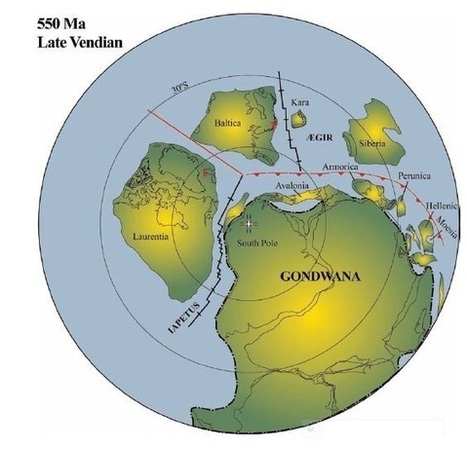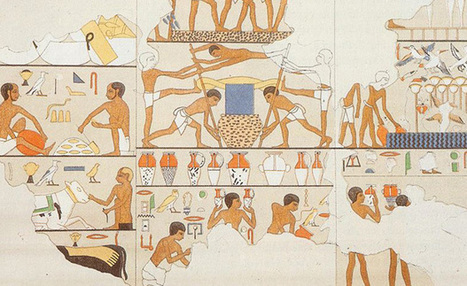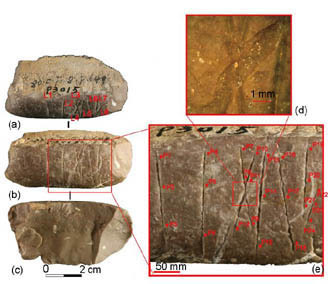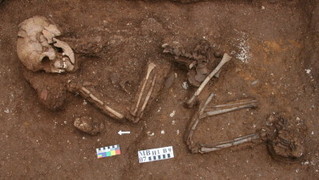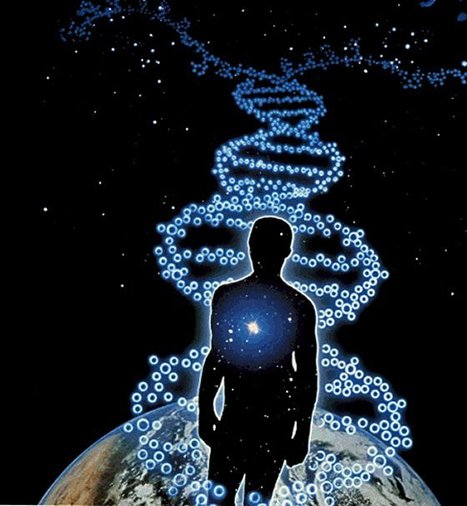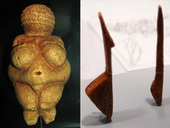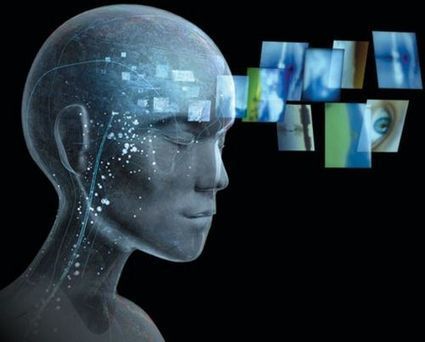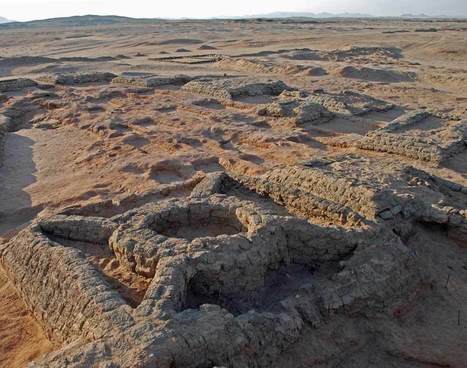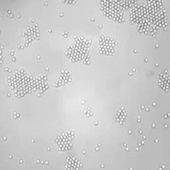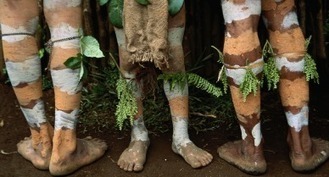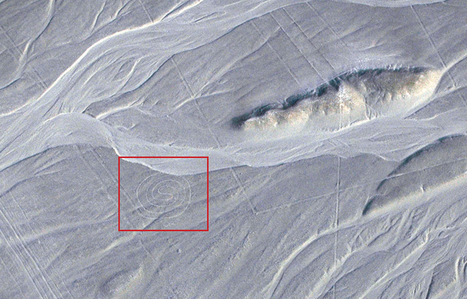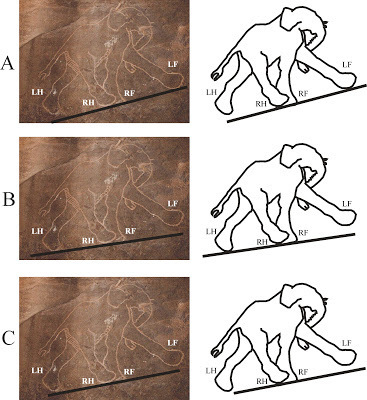Geological detectives are piecing together an intriguing seafloor puzzle. The Indian Ocean and some of its islands, scientists say, may lie on top of the remains of an ancient continent pulled apart by plate tectonics between 50 million and 100 million years ago.
Research and publish the best content.
Get Started for FREE
Sign up with Facebook Sign up with X
I don't have a Facebook or a X account
Already have an account: Login

 Your new post is loading... Your new post is loading...
 Your new post is loading... Your new post is loading...

Annie's curator insight,
February 20, 2013 9:15 AM
And man is fighting it with every strength he has!
Louis's comment,
April 23, 2015 4:26 PM
Good topic!! We are working on that!! We are trying to create a foundation, to help disabled people feeling integrated in society. We are trying with the automotive path; http://www.virginmediabusiness.co.uk/pitch-to-rich/new-things/opus-foundation/ You can share your interest by simply voting! Thank you!!
|
|





